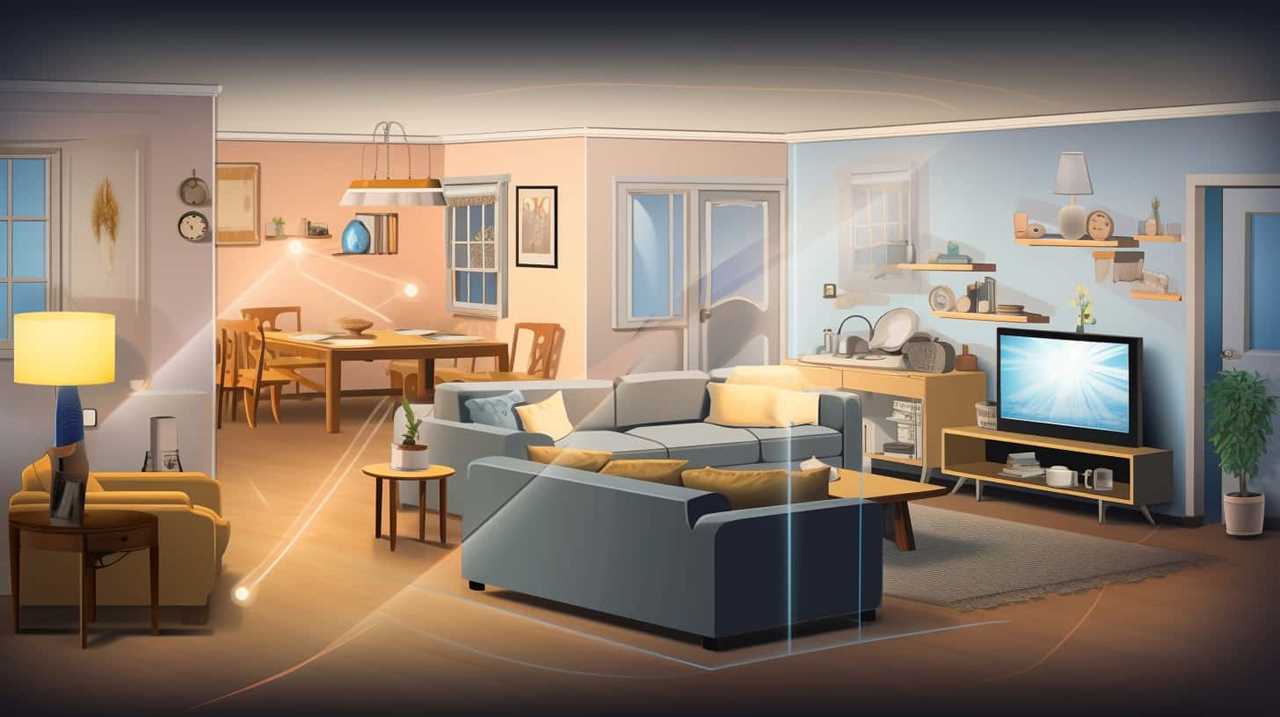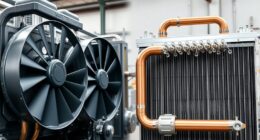Can our favorite US electrical devices be used in Japan? You may be pleasantly surprised by the answer.
While Japan may seem like a futuristic haven, their electrical standards can be quite different from ours. But fear not, fellow travelers!
In this article, we will delve into the world of voltage converters, dual voltage appliances, and offer tips on purchasing compatible appliances in Japan.
So sit back, relax, and let us guide you on this electrifying journey.

Key Takeaways
- US appliances may not function properly or may get damaged if used directly in Japan without a voltage converter.
- Step-up voltage converters are essential for adapting US appliances for use in Japan.
- Dual voltage appliances can be used in both the US and Japan without the need for voltage converters.
- An adapter changes the shape of the plug to fit the outlet but does not convert the voltage.
Voltage and Plug Type Differences
When using US appliances in Japan, we need to be aware of the voltage and plug type differences. Understanding Japanese electrical regulations is crucial to avoid any potential issues.
In Japan, the standard voltage is 100 volts, whereas in the US it’s 120 volts. This means that US appliances may not function properly or may even get damaged if used directly in Japan without a voltage converter. It’s important to check the voltage requirements of your appliances before using them overseas.
Additionally, the plug types in Japan are different from those in the US. Japanese outlets typically use two flat pins, while US appliances use two flat pins with a grounding pin. To ensure compatibility, it’s advisable to use plug adapters or purchase appliances that are compatible with the Japanese plug type.
Troubleshooting voltage issues can be challenging, but with proper knowledge and understanding of the electrical regulations in Japan, it’s possible to use US appliances safely and efficiently.
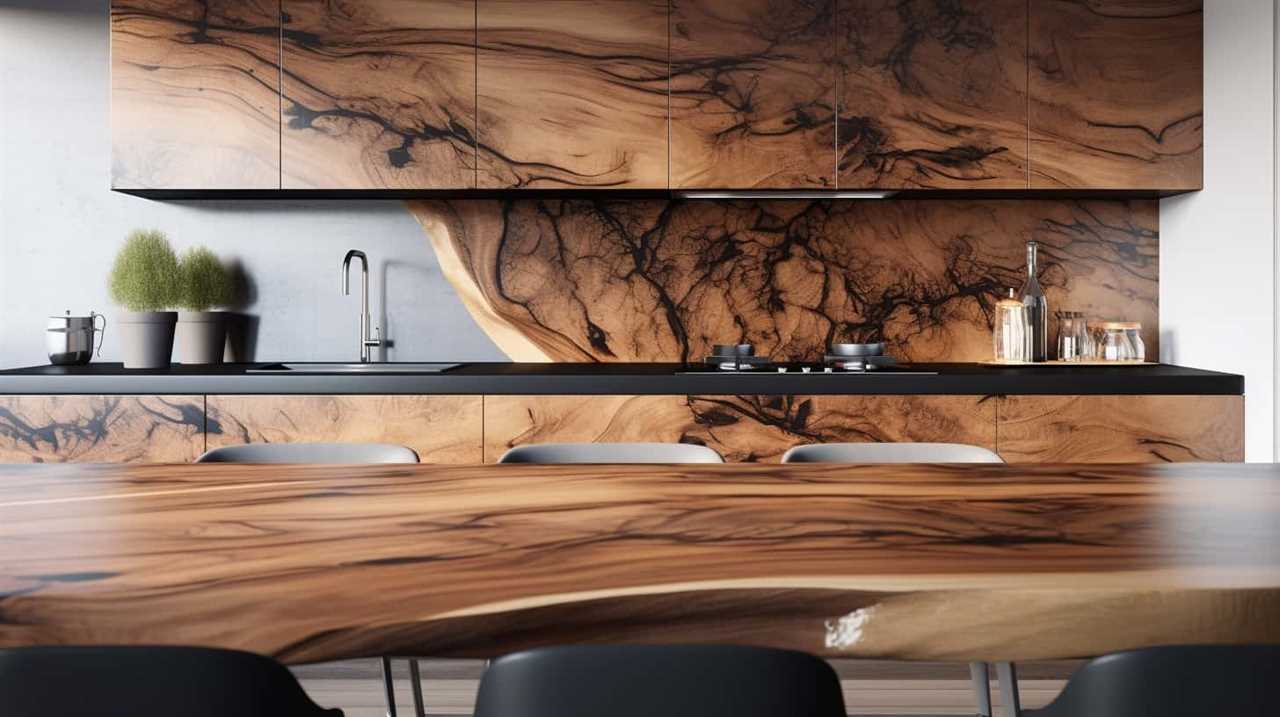
Understanding Japanese Electrical Standards
When it comes to understanding Japanese electrical standards, there are two important factors to consider: voltage and frequency differences, and plug and socket types.
In Japan, the standard voltage is 100 volts and the frequency is 50 hertz. This is different from the 120 volts and 60 hertz that are commonly used in the United States.
Additionally, Japan uses a unique plug and socket type known as Type A, which has two flat pins.
Voltage and Frequency Differences
To understand the compatibility of US appliances in Japan, it’s essential to familiarize ourselves with the voltage and frequency differences as per the Japanese electrical standards.
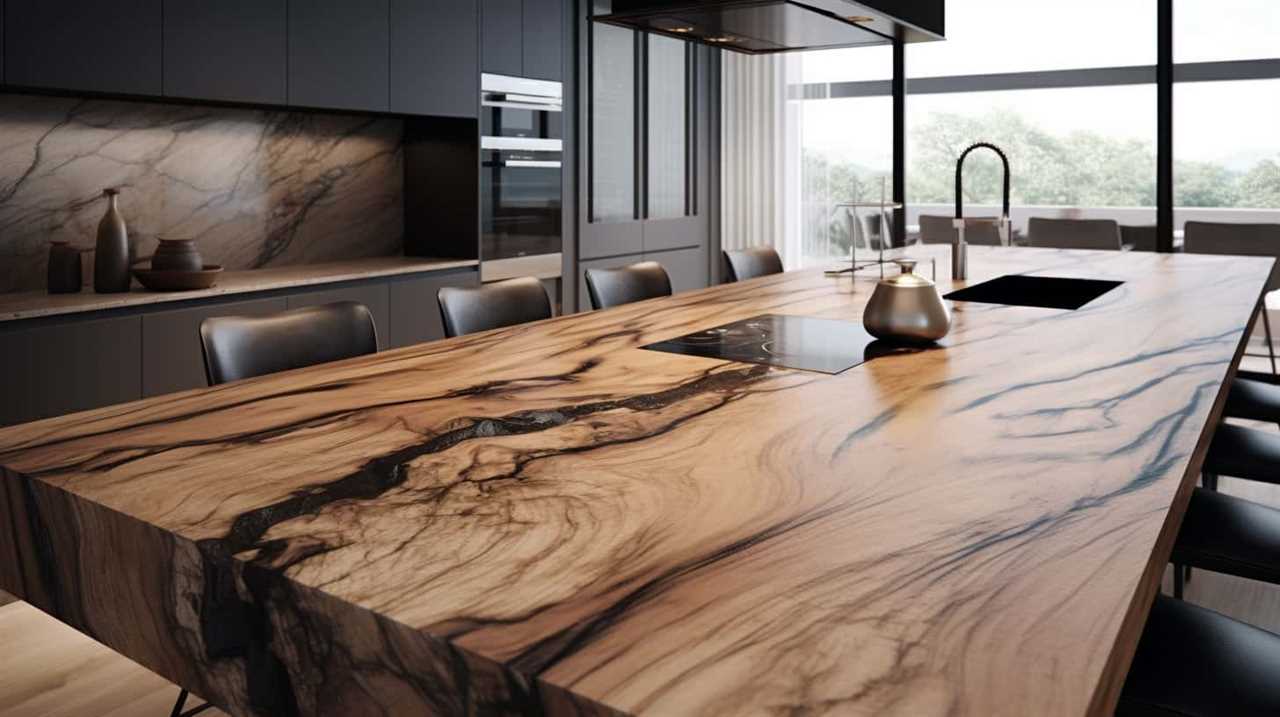
In Japan, the standard voltage is 100 volts, whereas in the US, it’s 120 volts. This means that US appliances may not function optimally in Japan without a voltage converter.
Additionally, the frequency in Japan is 50 Hz, while in the US it’s 60 Hz. This difference in frequency can affect the performance of certain appliances, such as clocks and timers.
To address these differences and ensure the safe and efficient use of US appliances in Japan, it’s recommended to use voltage converters that are compatible with both the voltage and frequency standards of the country.
Plug and Socket Types
Now let’s delve into the topic of plug and socket types, which are an important aspect of understanding Japanese electrical standards.
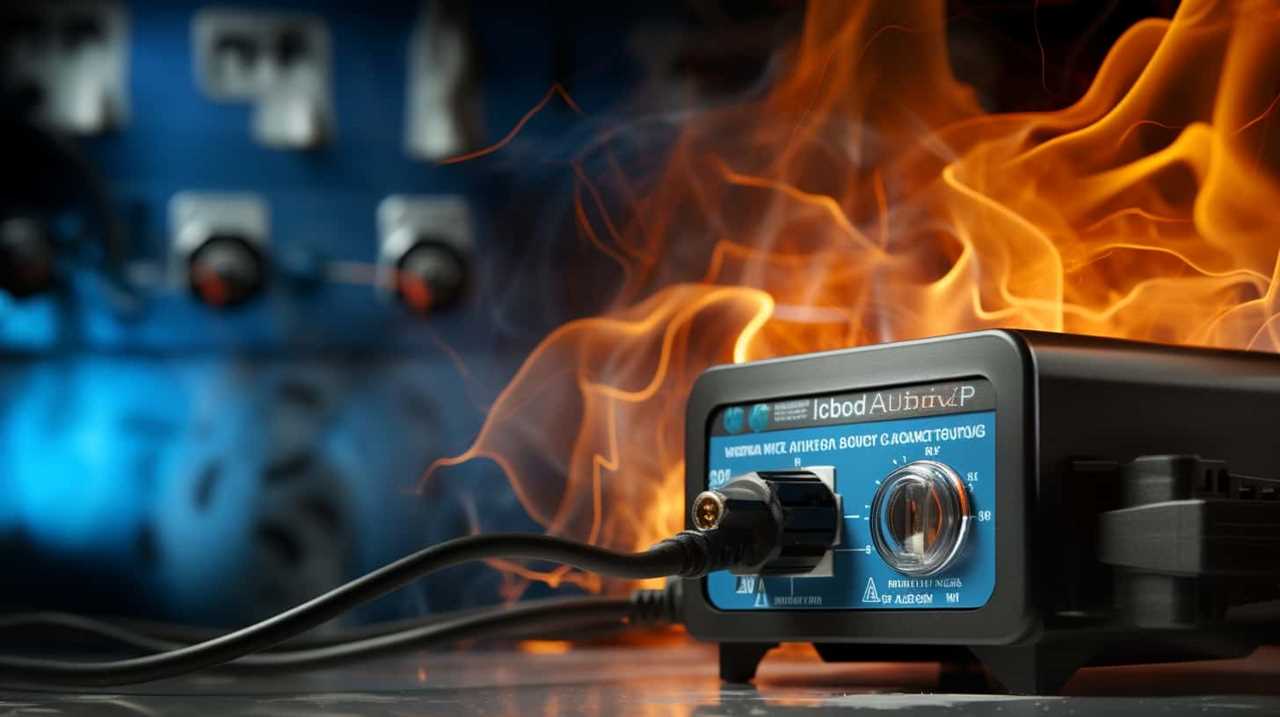
In Japan, the standard plug and socket type is the Type A, which has two flat pins. This is different from the Type B plug used in the United States, which has two flat pins and a grounding pin. Therefore, if you plan to use US appliances in Japan, you’ll need to use a plug adapter to fit the Type A socket.
It’s also worth noting that the voltage in Japan is 100 volts, compared to the 120 volts in the US. This means that US appliances may not function optimally in Japan without the use of voltage converters.
Now that we understand the plug and socket types, let’s move on to discussing step-up voltage converters.
Step-Up Voltage Converters
Although it may seem daunting, we can easily adapt US appliances for use in Japan with the help of step-up voltage converters. These converters are essential for ensuring that the appliances receive the correct voltage supply.

Here are some important points to consider when using step-up voltage converters:
- Voltage Compatibility: Verify that the converter is compatible with the voltage requirements of the US appliance and the Japanese power system.
- Wattage Capacity: Check the converter’s wattage capacity to ensure it can handle the power requirements of the appliance.
- Safety Features: Look for converters with built-in safety features such as surge protection and thermal protection.
- Size and Portability: Consider the size and portability of the converter, especially if you plan on traveling with it.
- Quality and Reliability: Choose a converter from a reputable brand to ensure its quality and reliability.
Step-Down Voltage Converters
With a step-down voltage converter, we can easily adapt Japanese appliances for use in the US. A step-down voltage converter is an electrical device that converts the higher voltage in Japan (100 volts) to the lower voltage used in the US (120 volts). By using a step-down voltage converter, we can ensure that the Japanese appliances receive the appropriate voltage and operate safely in the US.
To help you understand the power consumption and compatibility of different appliances, here is a table that compares the voltage requirements and power consumption of various Japanese appliances:
| Appliance | Voltage Requirement | Power Consumption |
|---|---|---|
| Microwave | 100 volts | 1200 watts |
| Rice Cooker | 100 volts | 800 watts |
| Hair Dryer | 100 volts | 1500 watts |
| Electric Kettle | 100 volts | 1000 watts |
| Vacuum Cleaner | 100 volts | 1200 watts |
It’s important to note that while step-down voltage converters are a common solution, there are alternative voltage converter options available as well. However, it’s crucial to calculate the power consumption of the appliances and choose a voltage converter that can handle the load.
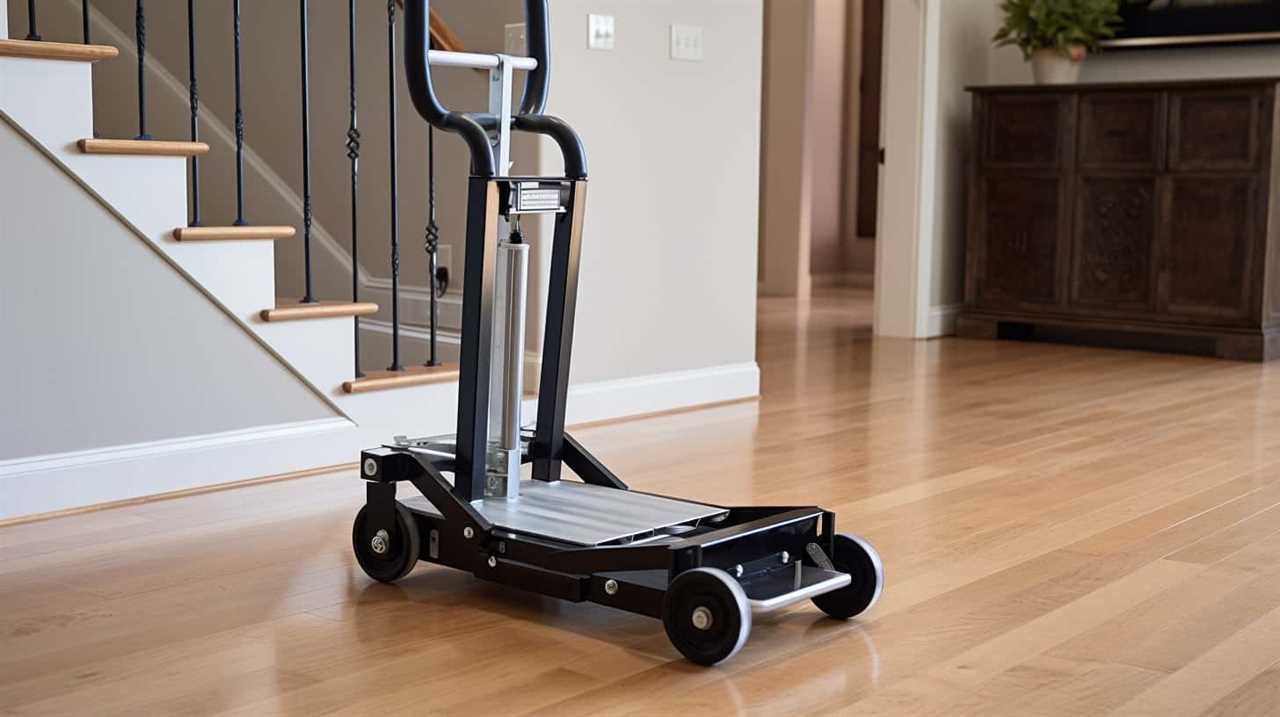
Now that we have discussed step-down voltage converters, let’s move on to the next topic: dual voltage appliances.
Dual Voltage Appliances
When it comes to using US appliances in Japan, one important factor to consider is whether the appliance is dual voltage compatible. Dual voltage appliances are designed to work with both the US standard voltage of 120 volts and the Japanese standard voltage of 100 volts.
This means that you can simply plug them into a Japanese outlet using an adapter and they’ll function properly without the need for a voltage converter. It’s important to consult the appliance’s specifications or check for dual voltage markings to ensure compatibility before using it in Japan.
Voltage Compatibility Guide
Exploring the voltage compatibility guide for dual voltage appliances is essential when considering the use of US appliances in Japan. To ensure that your appliances will work properly, it’s important to understand the electrical standards in Japan and the voltage converter options available. Here are some key points to keep in mind:
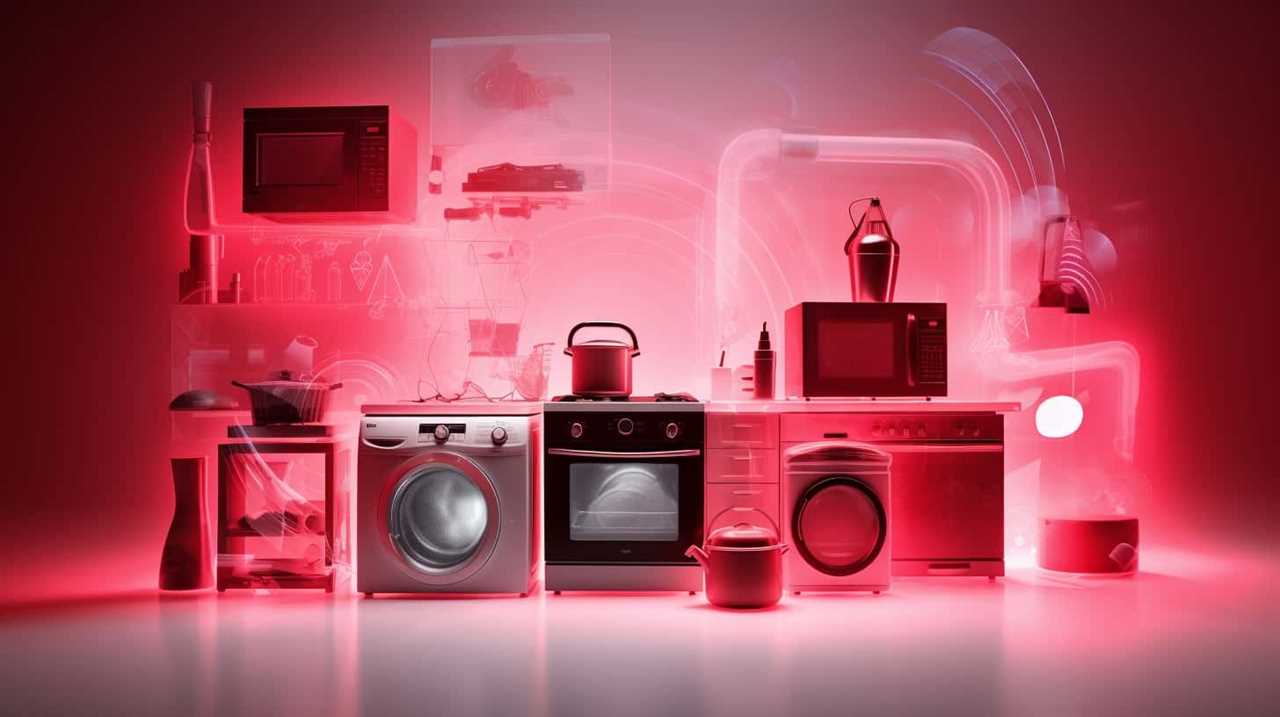
- Check the appliance’s voltage rating: Look for appliances that are labeled as ‘dual voltage’ or have a voltage range that includes both 110-120V and 220-240V.
- Use a voltage converter: If your appliance isn’t dual voltage, you’ll need a voltage converter to adapt the voltage from the Japanese standard of 100V to the US standard of 110-120V.
- Consider the wattage: Make sure the voltage converter can handle the wattage of your appliance to avoid overheating or damage.
- Use a grounded adapter plug: Since the outlets in Japan may have different shapes, you’ll need an adapter plug to physically connect your appliance to the Japanese outlet.
- Be aware of frequency differences: Japan operates on a frequency of 50Hz, while the US operates on 60Hz. Most appliances can handle this difference, but it’s worth checking the specifications.
Understanding the voltage compatibility guide for dual voltage appliances is crucial for a successful use of US appliances in Japan. However, it’s important to note that in some cases, a voltage converter may not be enough and an adapter or transformer may be necessary.
Transitioning to the next section, let’s now take a closer look at the differences between an adapter and a transformer.
Adapter or Transformer
Continuing our exploration of voltage compatibility for dual voltage appliances, let’s now delve into the topic of using an adapter or transformer in Japan.
When it comes to using US appliances in Japan, you have two main options for voltage conversion: an adapter or a transformer.

An adapter is a small, portable device that allows you to plug your US appliance into a Japanese outlet. It simply changes the shape of the plug to fit the outlet, but it doesn’t convert the voltage.
On the other hand, a transformer is a larger, more complex device that not only changes the plug shape but also converts the voltage from the Japanese standard of 100 volts to the US standard of 120 volts.
Keep in mind that not all appliances can be used with a transformer, so it’s important to check the specifications of your appliance before using one.
Travel-Friendly Dual Voltage
Now, let’s explore the convenience of travel-friendly dual voltage appliances that can be used in Japan without the need for voltage conversion. These appliances are specially designed to work with different voltage standards, making them perfect for international travel. Here are some key points to consider:

- Travel-friendly converters: These devices allow you to use your US appliances in Japan without worrying about voltage compatibility. They’re compact, lightweight, and easy to use, making them ideal for travel.
- Voltage compatibility list: Before you travel to Japan, it’s important to check the voltage compatibility of your appliances. Some common appliances like laptops, smartphones, and cameras are typically dual voltage and can be used in Japan without any issues. However, larger appliances like hair dryers and curling irons may require a voltage converter.
- Convenience and versatility: Travel-friendly dual voltage appliances offer the convenience of using your own devices while traveling. They eliminate the need to purchase new appliances or rely on hotel amenities, giving you more control over your travel experience.
- Cost-effective solution: Investing in travel-friendly dual voltage appliances can save you money in the long run. Instead of purchasing new appliances for each destination, you can simply use your existing ones with the help of a voltage converter when needed.
- Peace of mind: Using travel-friendly dual voltage appliances ensures that you can enjoy your trip to Japan without worrying about compatibility issues or damaging your appliances. It gives you peace of mind knowing that your devices will work seamlessly in any country.
Travel-friendly dual voltage appliances are a must-have for any traveler who wants to stay connected and comfortable while abroad. They offer convenience, cost-effectiveness, and peace of mind, making them an essential item for international travel. So before you pack your bags, make sure to check the voltage compatibility of your appliances and invest in a travel-friendly converter if needed.
Using Transformers for High-Power Appliances
To use high-power appliances from the US in Japan, we need to use transformers. Transformers are essential for converting the voltage from the Japanese standard of 100 volts to the American standard of 120 volts. However, it is important to consider transformer safety and size requirements when using them with high-power appliances.
Transformer safety is crucial to prevent electrical hazards and ensure the proper functioning of the appliance. It is recommended to use transformers with built-in safety features such as overload protection and thermal cut-off switches. These features help protect the appliance from power surges and overheating.
Additionally, transformer size requirements should be considered to ensure compatibility with high-power appliances. The size of the transformer should be chosen based on the wattage rating of the appliance. Using a transformer with a lower wattage rating than the appliance requires can lead to overheating and damage.
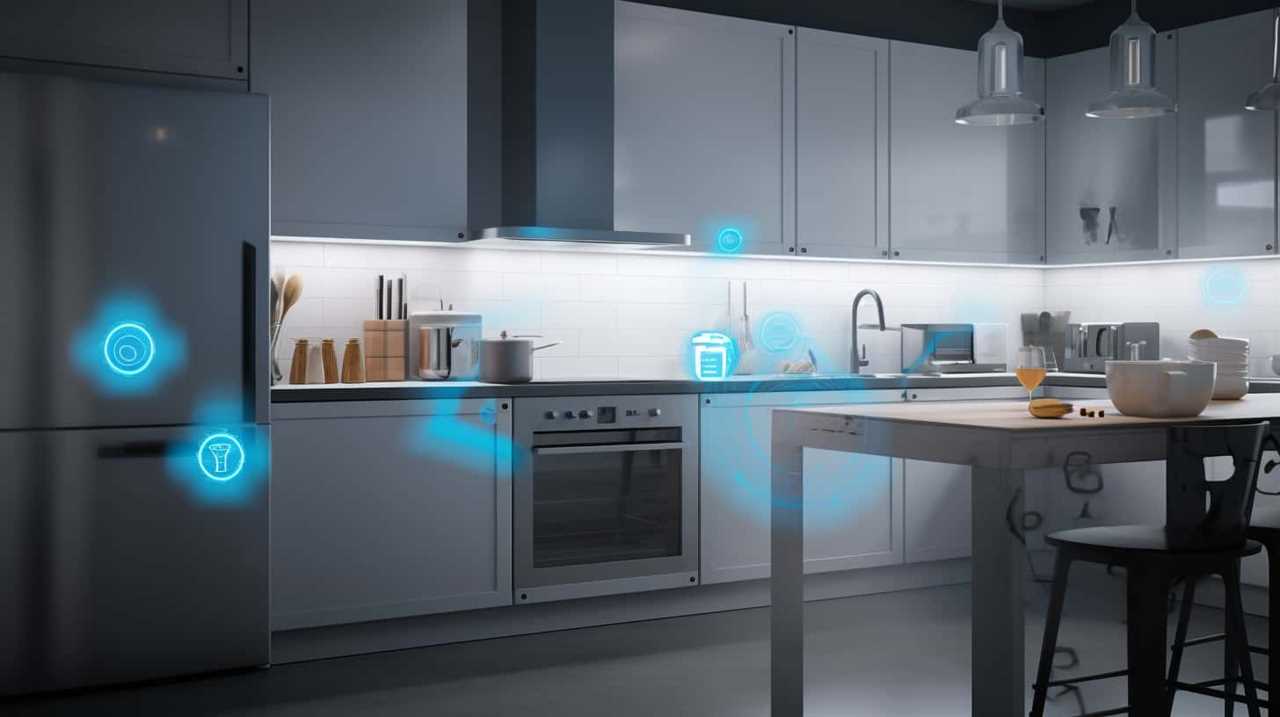
To better understand transformer safety and size requirements, refer to the table below:
| Transformer Safety Features | Transformer Size Requirements |
|---|---|
| Overload protection | Based on appliance wattage |
| Thermal cut-off switches |
Adapting Plug Types for US Appliances
When it comes to using US appliances in Japan, one important consideration is adapting plug types.
In Japan, the standard plug type is Type A, which has two flat pins. This means that US appliances with different plug types will need a plug adapter to be compatible with Japanese outlets.
Additionally, it’s crucial to ensure that the voltage of the US appliance is compatible with the voltage in Japan, or else a voltage converter may also be necessary.

Plug Adapter Compatibility
We have found that adapting plug types for US appliances when using them in Japan is a matter of plug adapter compatibility. It’s important to ensure that the plug adapter you choose is compatible with both the US plug type and the Japanese power outlets. Here are five key points to consider when it comes to plug adapter compatibility:
- Look for a plug adapter that’s specifically designed for use in Japan. This will ensure a secure fit and proper grounding.
- Check the voltage compatibility of your US appliances. Japan uses a different voltage system, so you may also need a voltage converter to safely use your appliances.
- Make sure the plug adapter has the appropriate pins to fit into the Japanese power outlets. Japan typically uses two flat pins or two flat pins with a grounding pin.
- Consider the wattage of your appliances. Some plug adapters may not be suitable for high-wattage devices like hair dryers or microwaves.
- Always double-check the compatibility of the plug adapter with your specific US appliances before using them in Japan.
Voltage Conversion Options
For the voltage conversion options when adapting plug types for US appliances in Japan, one important consideration is the use of a voltage converter. A voltage converter is a device that can change the electrical voltage from one level to another, allowing US appliances to safely operate in Japan.
There are several voltage converter options available in the market, ranging from simple step-down transformers to more advanced voltage regulators. It’s crucial to choose a voltage converter that matches the specific power requirements of the appliance being used.
Additionally, it’s important to follow safety precautions when using a voltage converter. This includes ensuring that the converter is properly grounded, using the correct wattage capacity, and avoiding overloading the converter with multiple appliances.
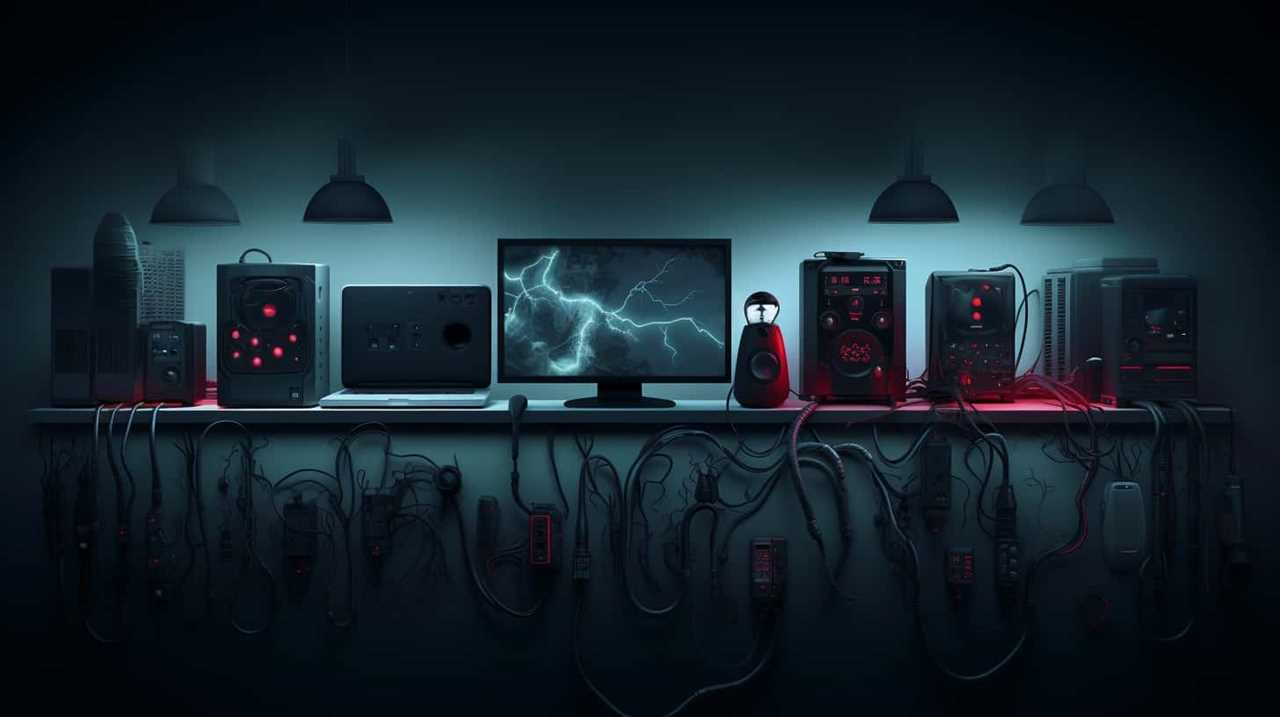
Safety Considerations for USing US Appliances in Japan
Taking safety into account, it’s important to consider the compatibility of US appliances for use in Japan. When using US appliances in Japan, there are several safety considerations to keep in mind:
- Electrical codes: Japan has a different electrical code system compared to the US. It’s essential to ensure that the US appliance is compatible with the Japanese electrical system and meets the required standards.
- Voltage and frequency: Japan operates on a 100-volt electrical system with a frequency of 50 Hz, whereas the US uses a 120-volt system with a frequency of 60 Hz. This difference can potentially lead to malfunctioning or damage to the appliance if not addressed properly.
- Plug and outlet types: Japan uses Type A and Type B plugs, while the US uses Type A and Type B plugs. Adapters or converters may be necessary for proper connection.
- Safety hazards: Different safety regulations and standards exist in Japan and the US. It’s crucial to consider potential safety hazards that may arise when using US appliances in Japan and take appropriate measures to mitigate them.
- Language and documentation: Ensure that instruction manuals and safety information for the US appliances are available in Japanese or easily understandable to the user in Japan. This will aid in proper usage and maintenance, minimizing any safety risks.
Popular US Appliances Compatible With Japanese Voltage
Some popular US appliances that are compatible with Japanese voltage include a variety of kitchen appliances, such as blenders, coffee makers, and toasters. These appliances typically operate on a voltage range of 110-120 volts, which is the standard voltage in the United States. However, in Japan, the voltage is 100 volts. Despite the slight difference in voltage, these appliances can still be used in Japan without the need for voltage converters.
It’s important to note that while these appliances may work in Japan, their power consumption may be slightly higher due to the lower voltage. Therefore, it’s advisable to check the power consumption of the appliance before using it in Japan to avoid any potential issues.
Transitioning into the next section about ‘tips for purchasing appliances in Japan’, let’s now explore some factors to consider when buying appliances in Japan.

Tips for Purchasing Appliances in Japan
When purchasing appliances in Japan, we should prioritize durability and energy efficiency. It’s important to choose appliances that will withstand the test of time and perform optimally in terms of energy consumption.
Here are some tips to consider when buying appliances in Japan:
- Research online: Take advantage of the convenience and variety offered by online shopping platforms. Compare prices, read customer reviews, and make an informed decision.
- Consider renting: If you’re staying in Japan for a short period or unsure about your long-term plans, renting appliances can be a cost-effective option.
- Look for energy-saving labels: Japan has strict energy efficiency standards, so look for appliances labeled with the ‘Energy Star’ or ‘Superior Energy Saving’ logos.
- Check voltage compatibility: Ensure that the appliances you purchase are compatible with Japan’s voltage of 100V.
- Seek professional advice: If you’re unsure about specific appliance requirements or regulations in Japan, consult a professional or seek guidance from the store staff.
Common Challenges When USing US Appliances in Japan
One challenge we encountered when using US appliances in Japan was voltage compatibility. The voltage in Japan is 100 volts, while the voltage in the US is 110-120 volts. This difference in voltage can cause damage to appliances if not addressed properly.
To overcome this challenge, we’d to find ways to adapt the power cords of our US appliances to the Japanese electrical system. One option is to use a voltage converter, which can adjust the voltage to match the requirements of the appliance. Another option is to purchase appliances that are dual voltage, meaning they can operate on both 100 volts and 110-120 volts.
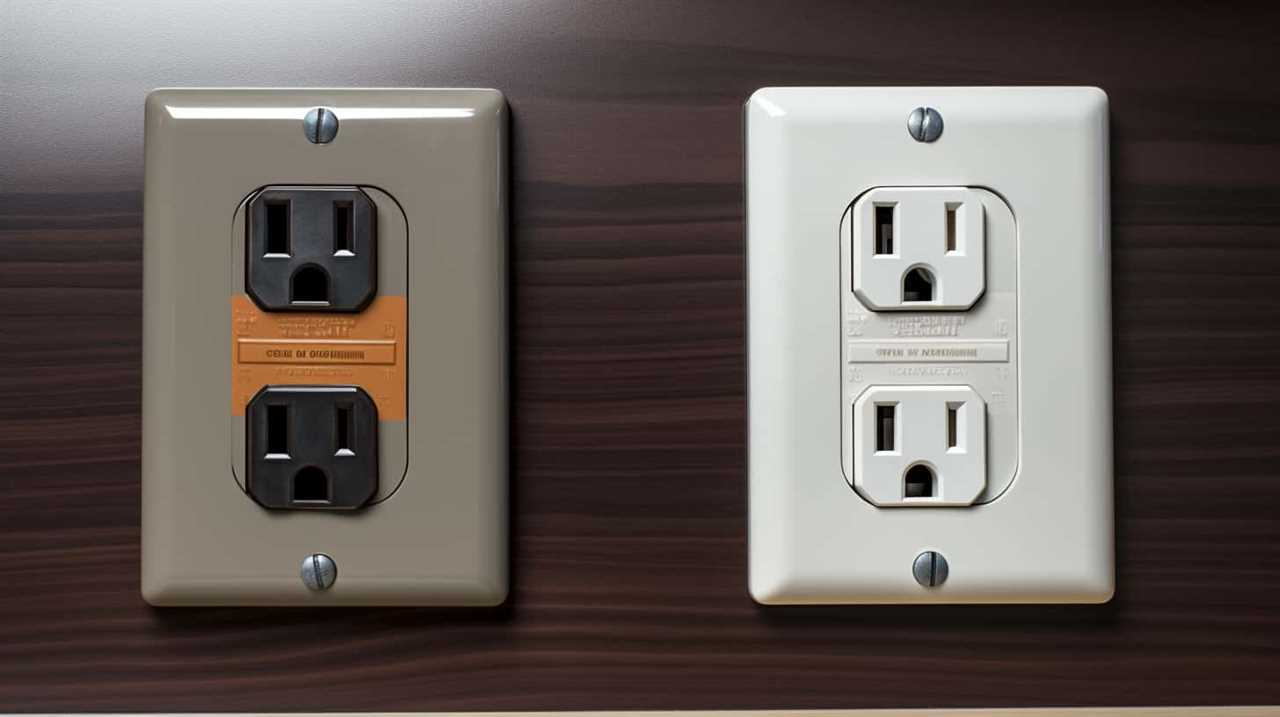
By considering these voltage converter options and adapting power cords, we were able to successfully use our US appliances in Japan.
Moving forward, let’s explore some resources for finding compatible appliances in Japan.
Resources for Finding Compatible Appliances in Japan
To find compatible appliances in Japan, we researched various resources that cater to international residents and expats. Here are some of the top resources we found:
- Japan Consumer Electronics Retailers Association (JCERA): JCERA provides a list of retailers in Japan that offer appliances suitable for international use. They also provide information on voltage conversion and other related issues.
- Online Marketplaces: Websites like Amazon Japan and Rakuten offer a wide range of appliances that can be delivered to your doorstep. These platforms often have filters to help you find appliances that are compatible with the voltage in Japan.
- Expatriate Communities: Joining expat communities and forums can be a valuable resource for finding compatible appliances. Expats who’ve already gone through the process can provide recommendations and tips.
- International Home Appliance Stores: Some international home appliance stores, such as Bic Camera and Yodobashi Camera, have branches in Japan. These stores often carry appliances that are compatible with different voltage systems.
- Local Electronics Stores: Local electronics stores in Japan, such as Yamada Denki and Edion, also offer a range of appliances suitable for international use. They may have staff who can assist with voltage conversion queries.
Frequently Asked Questions
Can I USe a US Hairdryer in Japan Without a Voltage Converter?
Using a US hairdryer in Japan without a voltage converter may not be safe. The differences in voltage between the two countries can damage the appliance or even cause a fire. Other appliances may also require a voltage converter.

Will My US Laptop Charger Work in Japan?
Yes, our US laptop charger should work in Japan without a voltage converter. However, it’s important to note that while laptops usually have universal power supplies, other US appliances may require a converter.
Can I USe a US Microwave in Japan?
Yes, US appliances like microwaves can be used in Japan. However, they require a voltage converter because Japan uses a different electrical system. Make sure to check the compatibility before using.
Are US Refrigerators Compatible With Japanese Electrical Standards?
Yes, US refrigerators may not be compatible with Japanese electrical standards due to differences in power requirements. It is recommended to use a voltage converter for appliances like hairdryers to ensure they work properly.
Do I Need to Buy a New TV in Japan or Can I USe My US One?
We need to consider buying new appliances when moving to Japan. The electrical standards are different, so our US TV might not work without an adapter or transformer.
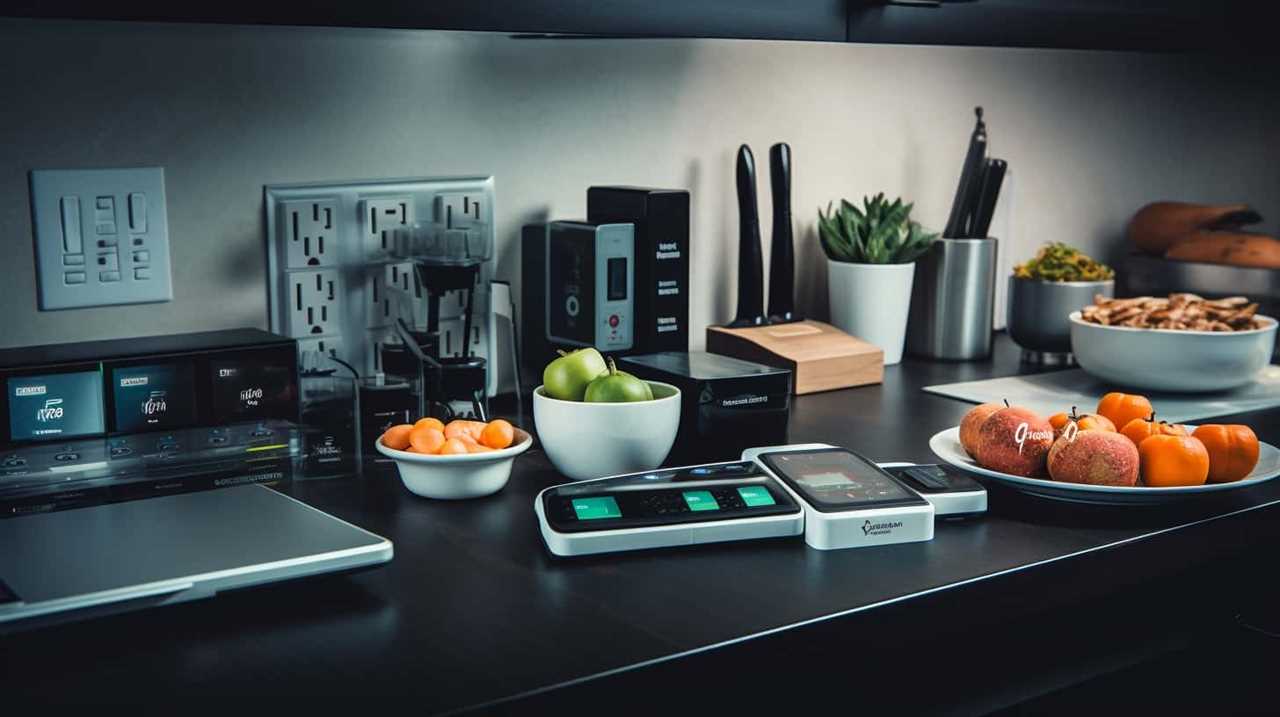
Conclusion
In conclusion, while it’s possible to use US appliances in Japan, it’s essential to consider the voltage and plug type differences.
Interestingly, Japan operates on a unique electrical standard of 100 volts, which is lower than the US standard. This means that using a step-down voltage converter is necessary to avoid damaging appliances.
However, it’s worth noting that some popular US appliances, such as laptops and smartphones, are already compatible with Japanese voltage.
To ensure a hassle-free experience, it’s advisable to purchase appliances in Japan or research resources for finding compatible ones.
